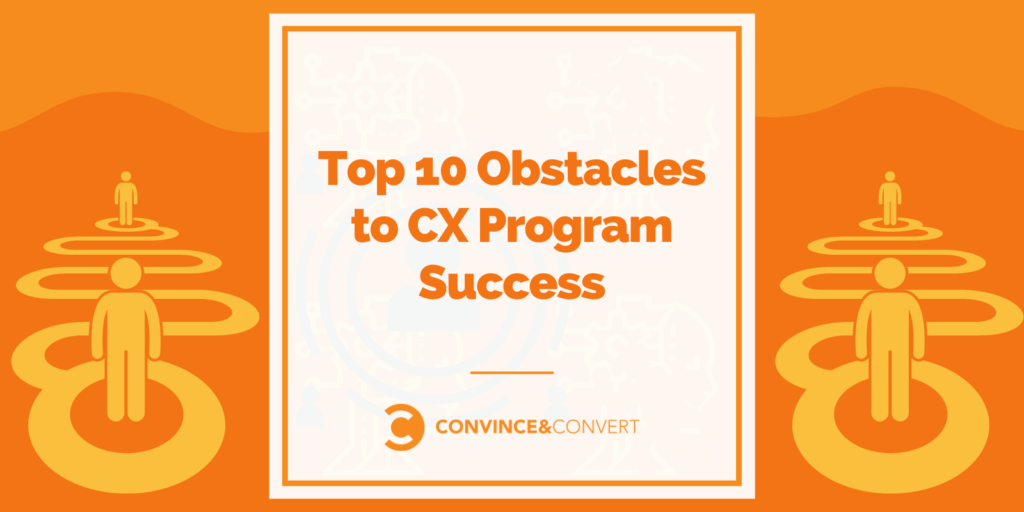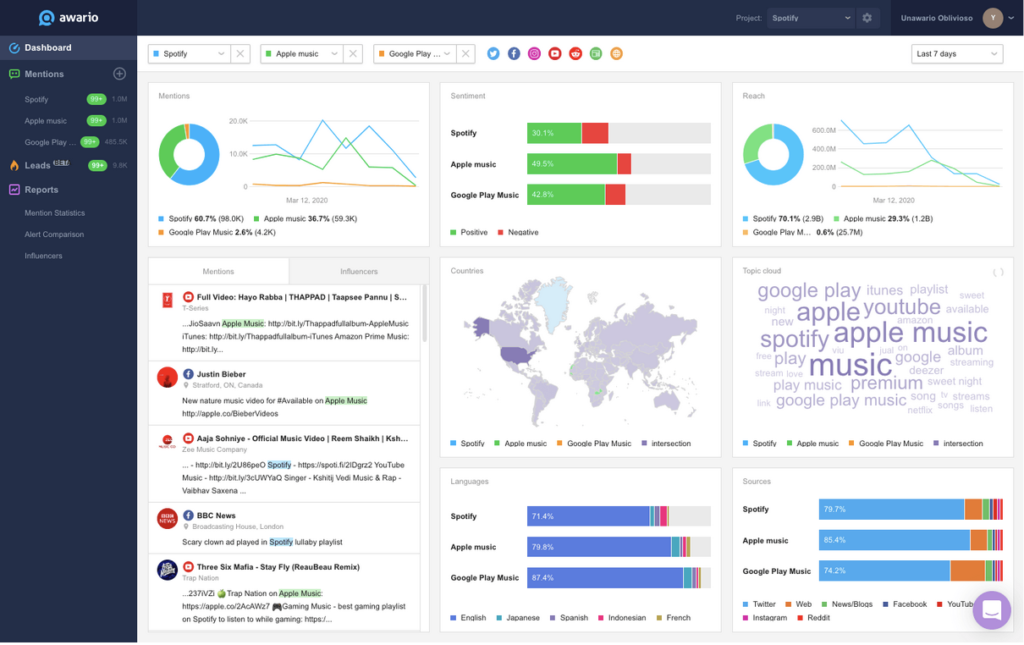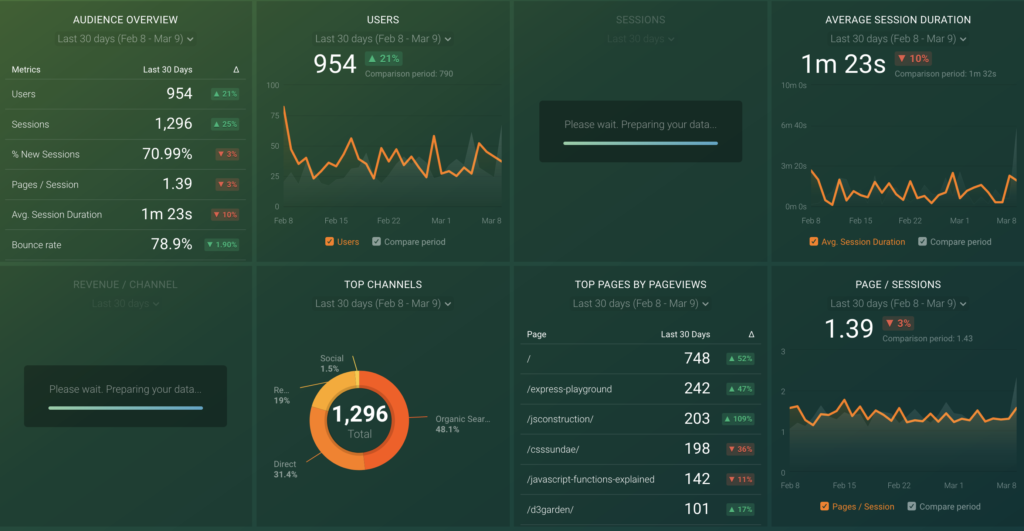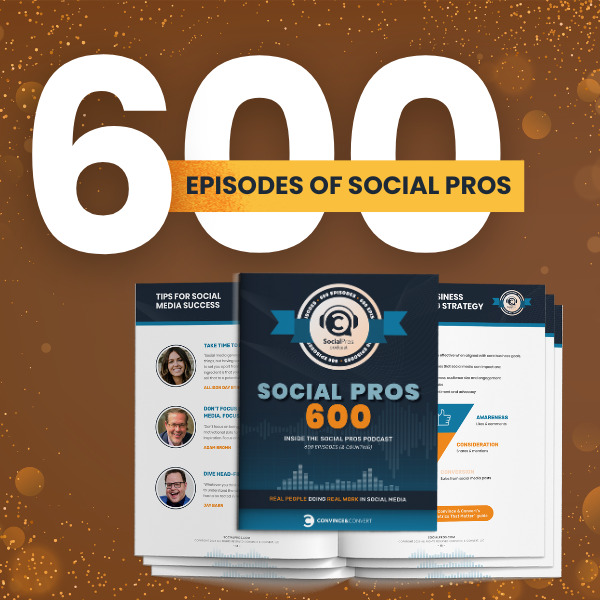
User experience is an engine of growth.
According to the Forrester report, businesses that excel in user experience increase revenue at twice the rate of brands that fail to.
However building a successful customer experience case study is not an easy task which comes with lots of obstacles.
Here are top 10 obstacles to a CX program success and how to overcome them:
1. Employee Motivation
Your employees are often at the forefront of your customer interactions. According to Genesys research, nearly 80% of consumers claim that customer service representatives are most responsible for a positive customer experience.
How well are your employees motivated to solve any problems and foster positive customer experience?
Lack of motivation results in indifference, i.e. when your customer and sales teams are not motivated to ensure customer satisfaction.
Solution: Set up an effective employee advocacy program to keep your employees motivated and involved in your company’s user experience program.
2. Skills And Training
Motivation is not the only barrier to positive customer experience. Your employees should be well-trained to know how to deal with unsatisfied customers and how to ensure on-going and clutter-free buying journeys and prioritize customers.
Companies require a shift in mindset: stop thinking about training as an individual entity and start embracing the fact that it’s an ever-present part of your growth efforts.
Well-organized training involves eliminating silos (and the endless different folders and platforms) by using an all-in-one training platform.
Solution: Set up a comprehensive knowledge base allowing your employees to easily access training materials, case studies and presentations to find answers to their current problems and questions.
3. Collecting Real-Time Customer Feedback
Hearing from your customers is essential but how to incentivize customer feedback without interrupting their buying journeys?
Collecting feedback is challenging because feedback requests may be distracting.
Solution: Tie your customer feedback forms and emails to a certain action (e.g. cart abandoned, cancellation request, account deletion, opt-out, etc.). Timely, personalized and easy-to-complete feedback forms will deliver most essential and actionable data.
Using exit-intent popups may help you identify reasons behind bounces, just test them very carefully. People hate intrusive pop ups. Another idea is to use smart chatbots to collect feedback and help your customers in real time.
Social media listening is another essential way to gather real-time feedback. Tools like Awario automatically prioritize your brand mentions and provide analytics for you to see a higher-level picture.

When gathering your customers’ feedback, make sure to curate positive ones and publicize them as testimonials. Customer reviews are important for incentivizing more feedback and boosting conversions.
4. Remote Work Environments And Reduced Face-to-Face Time With Customers
Remote working has resulted in many unforeseen challenges, including negative impact on client experience strategies.
CX and customer experience are impacted on many levels by remote working, including:
- Keeping your team productive and effective
- Eliminating stress and distractions
- Coping with increased volume of customer service requests.
Online shopping has become more popular after COVID which brought more digital interactions between customer support and customers.
Solution: Prioritizing your team connection is as important now as during the pandemic. Set up fast communication ways, like a dedicated business line. It can be quite affordable and keep your whole company connected.
5. Information Technology
These days there’s no shortage of CX technology. You can track your user satisfaction in real time, map your customers’ journeys, manage cross-channel marketing and so on.
What we usually address though is how small and medium businesses are supposed to keep up with all the emerging technology without spending all their marketing budgets on buying it and training their teams to use it.
Solution: Start small: Don’t try to integrate too complicated or expensive technology in your process or even try several platforms at a time. Do a thorough research, sit through a few demos and pick one solution and go with it until you make sure it works for you.
Start looking for new options once you are comfortable with your current technology solution. It will make you move forward slower but it will prevent you (and your team) from getting overwhelmed.
6. Business Processes
Creating a well defined business process is key to the success of any marketing endeavor. But how do you do that with client experience which is quite an abstract concept?
Solution: Creating a business process starts with your goals and your teams involved in the process. Make sure everyone knows what they do and how often, then generate weekly reports based on your data sources. Emails do wonders when it comes to reminding everyone of their weekly tasks.
7. Acting On CX Insights
These days there’s no lack of data. You can collect user data from all kinds of CRM solutions, your on-site analytics, social media listening, your competitive reports, etc.
The problem is, this data seldom – if ever – is actionable enough to fix any issues or create an effective CX program.
Solution: Make sure any report or tool includes “How to implement” or “Actionable notes” to go with any data set. No need to make those formal. These can be quick ideas for further implementation, no matter how small.
8. Centralized CX Data
An effective customer experience program usually has lots of sources to pull from. Those include feedback forms, social listening, on-site analytics, heatmaps, etc.
How to centralize your CX data to save time exploring and monitoring it?
Solution: Marketing dashboards allow you to create a centralized view of your key data. Databox is one of the best dashboards that supports lots of customer experience data sources. You can also build your own dashboard using these templates.

9. Scalability Of Programs
Scaling is always an issue when it comes to marketing tasks with unknown outcomes. Customer experience is not something you can easily measure or put into numbers.
Solution: Pick a technology partner that has scaling already integrated. Look for a solution that allows regular email digests, AI-powered automation (e.g. smart assistants), and clearly defined tasks.
10. Executive Sponsorship
CX program success is always something that’s hard to “sell” to any company’s decision makers who are always unwilling to invest in anything that won’t probably result in an immediate or direct profit.
Solution: Create a compelling report using your competitors’ case studies. If your competitors don’t seem to care about customer experience that much, use case studies from neighboring niches. There are lots of public customer experience case studies if you cannot find one within your niche.
Conclusion
Recognizing the importance of a CX program success is the most essential key to creating one. Once you are determined to make it happen, you are halfway there. Of course, there will be obstacles and organizational barriers, but if you are motivated enough, you will overcome them all!

